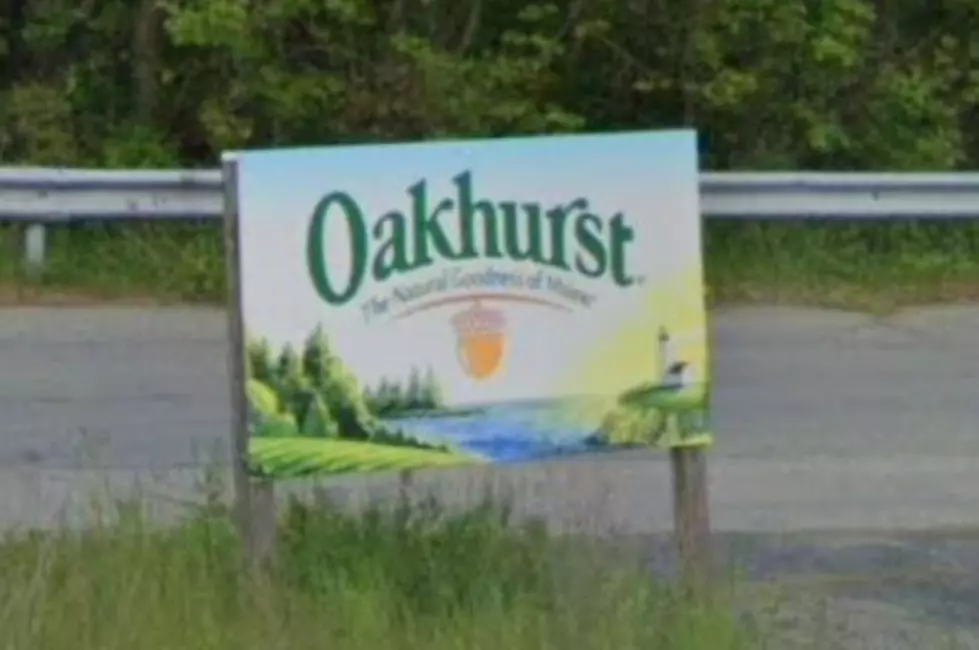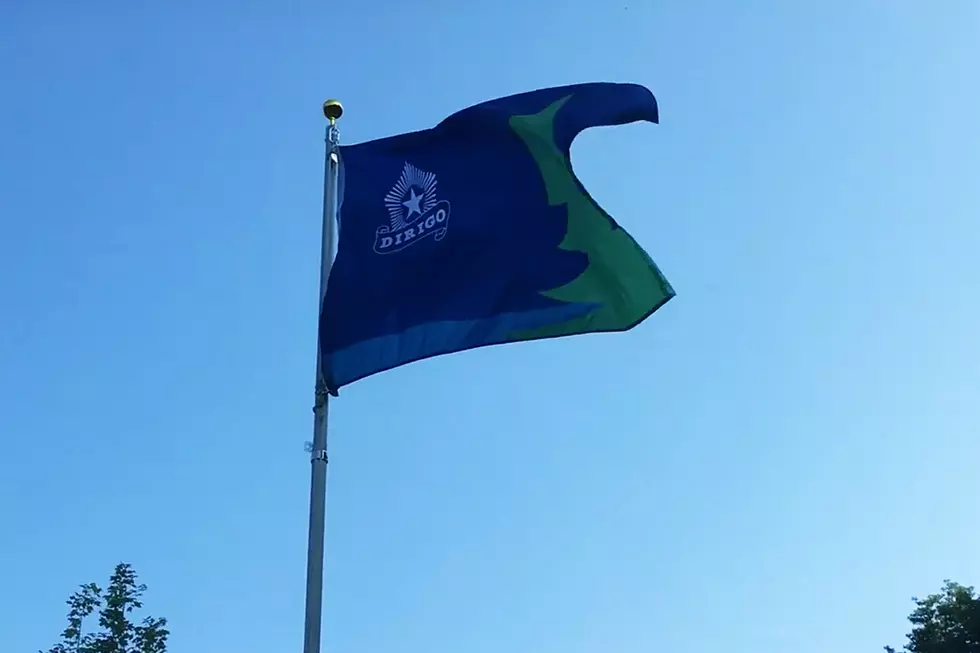
3 Profitable ‘Future Foods’ That Maine Could Make Mad Cash At
A recent conference in Paris could be the key to discovering great new food industries that would put Maine on the map for sustainable, healthier foods that we'll be seeing a lot more of in the future.
The World Wildlife Association and food company Knorr teamed up to create a report of 50 Foods for Healthier People and A Healthier Planet. The report was presented at the Paris conference as a way to introduce a vision of what the most nutritional, advantageous and hardy crops for humanity will be for sustainability and to account for our current and future our environmental challenges and remedies.
The list is plant-based foods that have high nutritional value, provide low environmental impact, taste good, are highly accessible, affordable and believed to be acceptable across diverse cultures.
According to mainefarmbureau.us, Maine's biggest agricultural contributions are potatoes, dairy products, aquaculture, blueberries and chicken eggs.
The great news is that Maine doesn't have to venture too far to get in on these foods of the future. In fact, a few of Maine's agricultural contributions could easily be translated to a few of the categories listed in the 50 foods in the report.
What do these crops have that we could do better at? Higher yeilds, higher tolerance of extreme weather and climate conditions and better nutritional value in higher quantities.
Let's take a look at what could be Maine's future and most prosperous agricultural contributions:
Algae & Seaweed
We live on the ocean and Maine makes a lot of money with our fishing. So, it's not too far fetched to imagine our state being a large producer and manufacturer of algae and seawood. There are many varieties of seaweed that Maine could harvest. You can dry it as a garnish for a dish or go all out and have it be part of a meal to replace meat. Different varities have diverse benefits: high in Vitamin C, high in iodine, good source of Omega-3 fatty acids (like those found in fish).
Additionally, not only would this be a great crop for Maine to take into account for it's future economic ventures but there have been some successful innovations in algae as a clean energy fuel.
Tubers
Unfortunately, russets didn't make the list. BUT, you don't have to venture too far from the potato to find future foods that could easily take the place of the potato. Lotus root, purple yams, jicama and the Red Indonesian sweet potato will be a food of the future that won't be too far of a stretch for Maine potato farmers to add or take place of the potato.
The Red Indonesian sweet potato alone has several essential nutrients, including vitamins A, C, E and manganese that make it a highly more nutritious crop than the potato.
Hemp
Now the list specifically states Hemp seeds, which can grow in a variety of soils and doesn't require fertilizer or pesticides. They are high in Omega 3 fatty acids and Omega 6 fatty acids not to mention fiber, minerals, proteins and vitamins.
Hemp seeds are versatile. They can create oil, milk, flour and a million other things.
Meanwhile, I mention hemp to also include not just seeds but the plant as well. Hemp can be used for a variety of industries including paper, renewable plastic, clothes and biofuel. Think of the variety of manufacturing that Maine could have in this state if hemp was as large a crop as potatoes!
See all the foods listed in the 50 Foods for Healthier People and A Healthier Planet.



